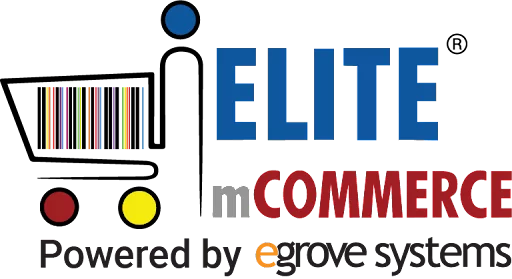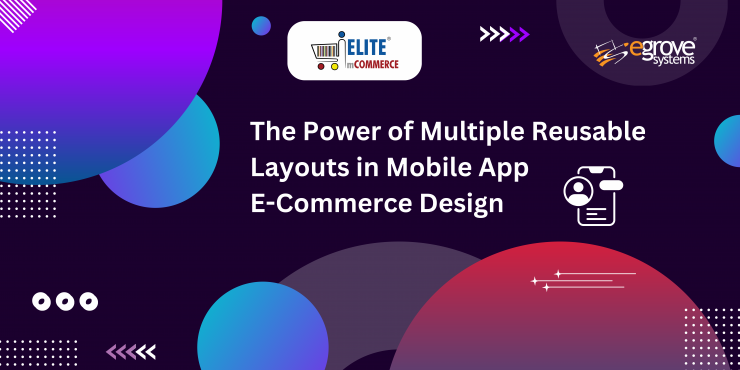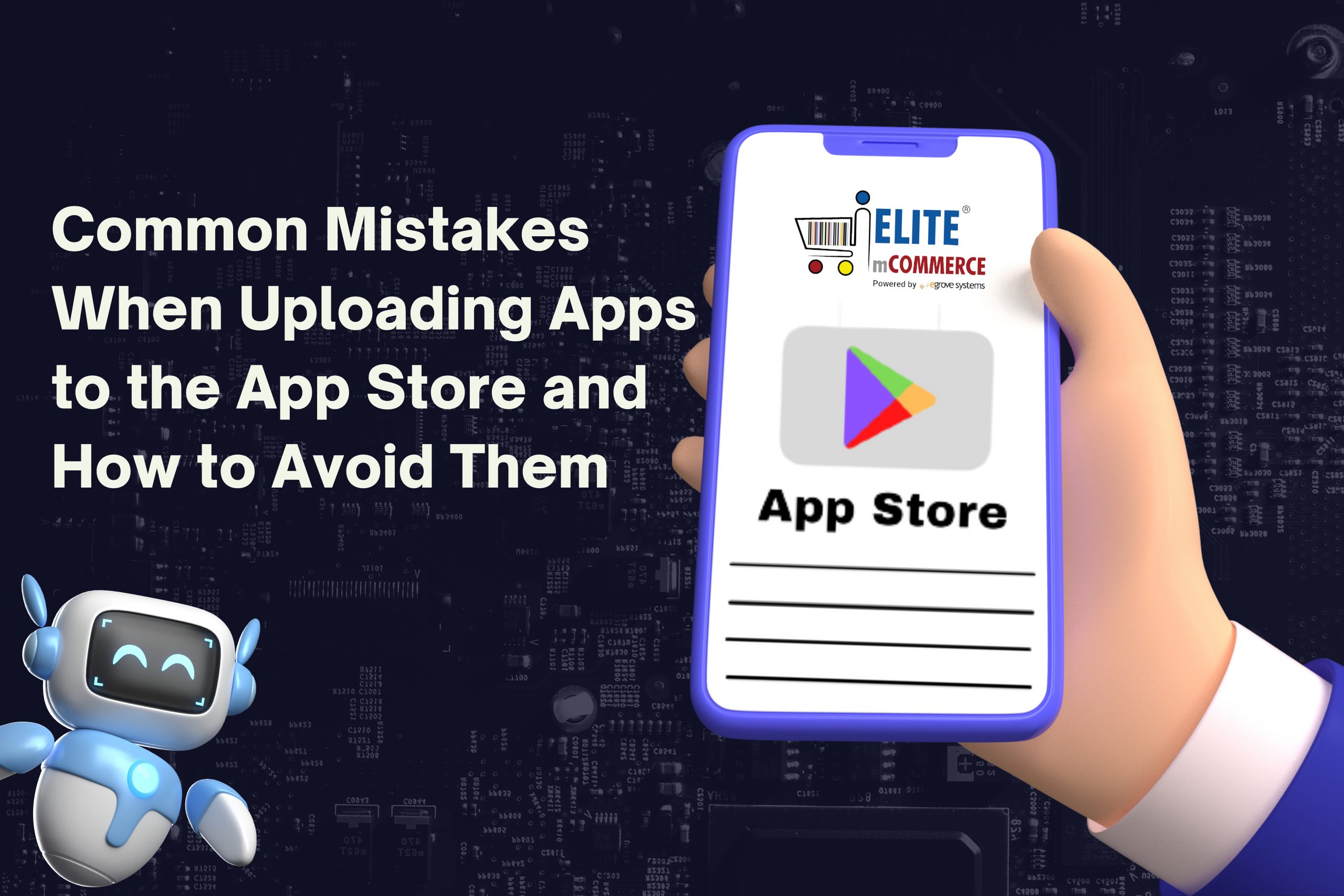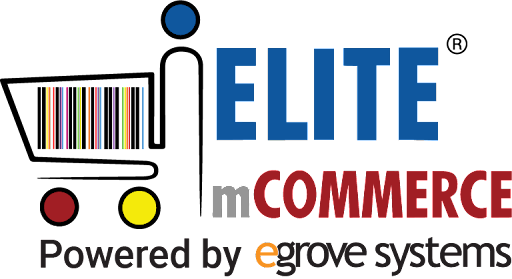The Power of Multiple Reusable Layouts in Mobile App E-Commerce Design
In today’s day and age, the significance of mobile applications is no secret. The number of mobile applications available for download worldwide has increased by a whopping 62 percent since 2016. Furthermore, 88 percent of the time people spend on their mobile devices is spent using applications. Well, such statistics are a good enough testament to the prowess of mobile apps for eCommerce enterprises.
Understandably, mobile applications are useful for enterprises of all scales and types to connect with their customers, reduce cart abandonment rates, increase sales and conversions, and bolster brand loyalty. Besides, mobile applications are also a business unto themselves, with the possibility of generating income.
Whatever the context of building a mobile app, one thing to consider while building a mobile application is reusable components. In 2023, customization will be a trendy word for any project. Businesses and brands want their app experience to be specifically curated for a select set of users. However, the foundations for those projects remain the same in typical situations.
For example, a house has three different options for a foundation: a crawl space, a basement, and a slab, each with its own pros and cons. The same goes for an eCommerce mobile app as well. Mobile applications are also built on foundations. So, even though you are aiming to create a custom app, it is still going to need the basics for a head start. Well, in such a context, reusable layouts and components come into the picture. What is it all about? Let’s understand!
What is Rapid Mobile App Development (RMAP)?
Before delving into the nitty-gritty of multiple reusable layouts in mobile app eCommerce design, let us first understand what RMAP is!
The market demand for app development is likely to grow at least five times faster than the global IT capacity’s deliverable abilities, predicts Gartner. Thus, programming communities are looking for new models to cope with the inundating requirements of building mobile apps. An array of tools, libraries, and frameworks are being introduced to simplify the mechanism of mobile app development. Reusable layouts are part of Rapid Mobile App Development (RMAP), which speeds up development.
RMAP speeds up app development for IT developers, citizen developers, and non-programmers using low-code or no-code development. It is possible to build both a native and hybrid app with the help of RMAP.
Building reusable components for mobile applications is a pertinent part of RMAP. The former goes a long way in bolstering development productivity and can reduce the developer’s time from an average of one week to merely 30 minutes for component development.
What Are Reusable Layouts and Components in Mobile App eCommerce Design?
Simply put, reusable layouts and components for eCommerce mobile design include data, connectors, templates, and other resources stored in digital libraries that an organization can leverage across multiple platforms. Reusable components, which are a key offering of low-code platforms, culminate in consistency and speed when developing digital app solutions.
At times, reusable app components and templates for mobile apps are two terms used interchangeably. But there are nuanced differences that need acknowledgement. To begin with, a reusable layout or component is part of an element of a larger whole. On the other hand, a template is a preset format for a document or file that is used so that the format does not have to be recreated each time it is co-opted.
Yes, to the untrained eye, templates and reusable components might seem similar. But, with reusable layouts, you are taking elements of the app that make it work and reusing them for other functions, such as a paginated list of blog posts. On the other hand, a template builder uses the same code, designs, and function systems for everyone. They are created by filling in predefined fields, answering questions, or using a drag-and-drop mechanism. Thus, the result of a template is an application that may not be suitable for users because of the interface and the features being too generic to be of any tangible help.
The Power and Benefits of Using Reusable Layouts and Components for eCommerce Mobile App Design
- Promotion of Modular Development
With reusable layouts or components, you get the benefit of quicker development or testing of the mobile app being developed and the ability to create apps with less code.
- Efficiency
When the basics of your eCommerce mobile app design are already established, 80 percent of the work is done. Thus, you can save time and money by relying on some reusable layouts and components and getting your app ready for the market faster and for a fraction of the cost.
- Easier bug tracing
Thirdly, bug tracing starts at the component level instead of the app level with reusable app layouts. Thus, it becomes a lot easier and stress-free to trace bugs and make your app bug-free.
- Field-proven Code
Code that has been used many times by various people is already pre-tested and proven in the field. This is like factories that use parts from elsewhere to assemble a product. The pieces are already vetted, and you are sure that they work; that way, when you plug them into your product, you are very less likely to encounter problems during app development.
5. Simplified Testing
As the code for reusable mobile layout components is already proven, testing also becomes easier. The base functionality of certain features has already been tested. And now, your brand is testing the elements to ensure that the entirety of it works together and the added features also seamlessly blend in. Likewise, if you discover problems, you have fewer places to search for the cause, as chances are that the problems are in the newer parts of the app that you have created.
- Reduction in Size of App Installation
Lastly, leveraging reusable components or layouts for mobile app eCommerce design also reduces the app size for installation. For instance, the app installation size can be reduced by as much as 10 percent.
Tips to Use Reusable Layouts or Components in eCommerce Mobile App Design
When leveraging reusable layouts and components for mobile apps, some developers try to take the extremely easy way. They are tempted to simply change one line of code within the component to make it work for the app. However, that component is no longer usable. Instead, the ideal trajectory is to create a separate configuration component that will tell all the reusable layouts or components how to behave.
The second point to consider is to carefully check if the components are actually and genuinely reusable. According to experts, reusable components can be applied in many contexts. When building reusable components, make sure they contain a list of properties that make them versatile.
Furthermore, creating a culture of reusability is not just as simple as setting it up and sharing that information. Your entire organization or brand must agree, and someone will have to maintain those systems. According to an expert from Vanderbilt University, ‘organizational impediments’ were one of the major reasons why software reuse failed in 1999.
You may think that 1999 was a long time ago, and the problem is already solved. As recently as 2017, a WalMart Labs employee discussed the problems of incorporating reuse into the company strategy. He pointed out that to gain the benefits of reusable components, the entire team of a brand must buy into the project and collaborate sincerely.
Differences in Approaches to Rapid Mobile App Development (RMAD)
Let us wrap up the post by checking out some of the unique ways to use Rapid Mobile App Development (RMAD).
According to a recent survey, a large chunk of the strategies in eCommerce mobile apps are already in use, and guidelines for market success often rely on opinions, practices, and blindly following trends and hype. Thus, currently, RMAD is all the rage, and the time has never been better to solemnly consider RMAD strategies, such as:
- RMAD Tools
It is an approach to mobile app development that co-opts tools with a graphical user interface to help developers and coders in the app development process. The tools include options such as drag-and-drop editors, code generators and orchestrators, model-driven development, business process mapping, component assembly, virtualization, app configuration, form construction, etc.
- Reusable Components
The second approach to RMAD revolves around reusable layouts and components for mobile app eCommerce design. As we have already discussed, a component is a piece of UI that amalgamates with other components of an app to build a complex mobile application. Once built, these components can be reused in different apps other than the ones they were originally built for. Last but not least, reusable components and layouts are devised using frameworks like ReactNative, AngularJS, etc.
Wrapping It Up
So, there we have it: a crisp overview of the power of multiple reusable layouts in mobile app eCommerce design.









Add comment